How to choose a tablet for work
A spec by spec analysis
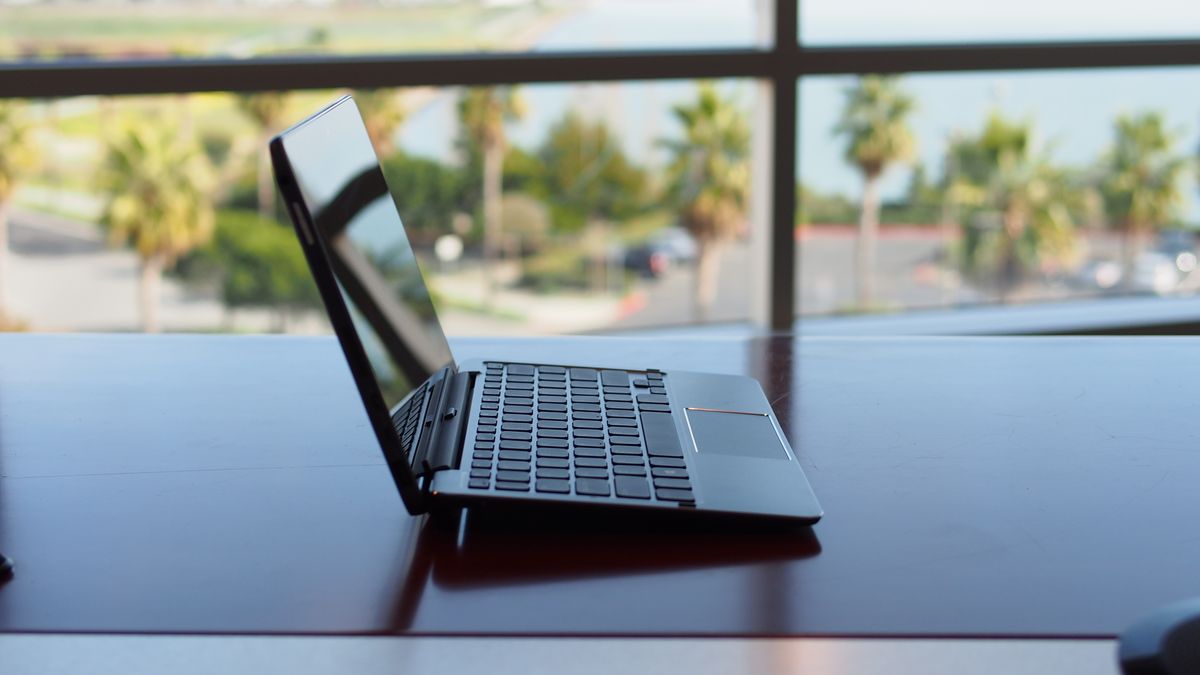
Introduction
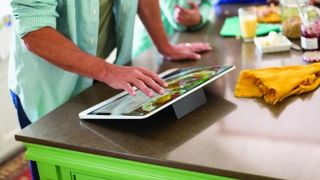
If you're in the market for a tablet that will suit your business needs, picking one out can sometimes be a daunting task. Even if you have a preferred operating system - whether it be Windows, Android or iOS - there are likely multiple suitable models through which to wade.
While committing to a tablet for a year or two may be less of a harrowing decision than, say, your next laptop purchase, it's still important to consider how the specs of each option line up with your needs. With that in mind, we've taken a deep look at the important specs you should be considering before pulling the trigger on your next tablet purchase.
If you would prefer our direct recommendations, feel free to check out our Best Business Tablets buying guide.
Storage
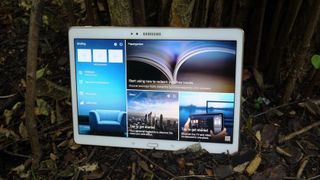
Storage is probably one of the biggest points you should consider before taking the leap on that next tablet. We're all fairly used to being a slave to device storage in the smartphone age; but where you may be able to skimp and save on this aspect of your smartphone, tablets deserve a little extra consideration.
While it's true that cloud storage has been a godsend for freeing up some precious device space, this only really helps out with documents, and even then only if you're absolutely comfortable without a local copy. Ideally, you should be looking to spend a little extra on 32GB or higher of built-in storage for Android and iOS.
If you're looking at Windows tablets, you may want to bump that up to 64GB on an Intel Atom processor, or 128GB on an Intel Core processor simply because you have more horsepower to get more done. This should give you plenty of breathing room for loading up your essential apps, and even a movie or two for those long business flights.
Screen
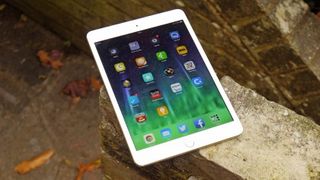
Arguably just as important as storage is screen size. The biggest consideration to be made here is whether you're more interested in portability or ample work space. In each case, screen sizes, as well as how many pixels are crammed into those sizes, are important to consider.
Are you a pro? Subscribe to our newsletter
Sign up to the TechRadar Pro newsletter to get all the top news, opinion, features and guidance your business needs to succeed!
Smaller tablets in the 7-8 inch range are ideal for portability, but may feel a bit cramped for heavy work tasks. On the other end of the spectrum, there are a number of large tablets between 10 and 12 inches that are perfect for work tasks, and could even make decent laptop replacements if you're brave enough to go that route.
Fortunately there's a bit of crossover here that may be able to serve both purposes. Apple's iPad line, with its wide array of screen sizes, is always worth a look. The 7.9-inch iPad mini 3 is great from a portability standpoint and comes with a fantastically pixel-dense screen.
A good middle-ground would be the 9.7-inch iPad Air 2 or the 8.9-inch Nexus 9, both of which feature crisp screens with 4:3 aspect ratios, which are easier on the eyes during extended work sessions. Finally, if you don't mind spending a little extra and want to stay in the Windows universe, Microsoft's 12-inch Surface Pro 3 and 10.8-inch Surface 3 both feature 3:2 aspect ratios that go well with their larger screen sizes, and, as a bonus, can double as laptop replacements.
On the other end of the spectrum, you'll want to avoid tablets like the Acer Iconia One 7. While it scores points for its budget price and portability, it suffers from a somewhat low-resolution 7-inch 1280 x 800 display that doesn't feel quite as crisp as the tablets mentioned above, and may end up causing a bit of extra eye strain.
Battery life
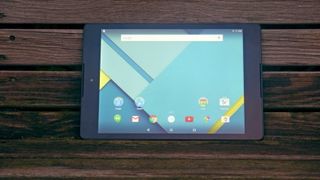
As great as storage and screen size are to consider, that new tablet isn't going to do you any good if you're constantly scoping out the nearest power outlet.
While a lot of tablet manufacturers will list the estimated battery life on a spec sheet, you'll also be looking for the size of the battery each is packing. Battery capacity can vary quite a bit depending on the size of the device, but you're generally going to be looking for sizes that range between 6000mAh (milli Amp hour) and 8000mAh, sometimes dipping into the 3000mAh range for smaller devices. For comparison, the iPhone 6 packs a 1810mAh battery, so tablet batteries are obviously quite a bit larger.
A battery's capacity won't tell the whole story, however, which is why you'll want to combine that knowledge with the estimated battery life to make a well-rounded decision. Keeping all of that in mind, however, as long as you can survive an extended session of spreadsheet or document editing or a presentation, you should be fine. The Nexus 9 and iPad Air are rated for 9.5 hours and 10 hours of use, respectively, and should be ideal targets to aim for.
As for what to avoid, the Acer Iconia One 7 provides another example of what to watch out for. The tablet packs a relatively small 3,420mAh battery and is rated for just 7 hours of life on a charge. In our tests, we found that the tablet chewed through its battery unsettlingly quickly during intense tasks, and it may not hold up to long work sessions.
Performance
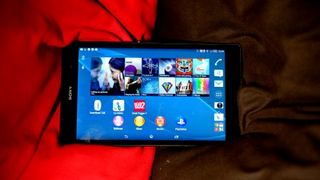
To get a decent idea of how your chosen tablet will perform, you'll want to check out two main specs: processor and RAM. We're probably all fairly used to looking at these specs on our PCs, but they can be a bit harder to put into context when it comes to tablets.
The processor is like the brain of your tablet. When it comes to evaluating the chips that appear on each spec list, you're mainly going to be concerned with the speed (measured in GHz) and the number of cores. Speed is fairly easy to understand, with a higher speed dictating how fast your processor will be compared to others.
Where things get a little murkier is the number of cores. Essentially, each core is a separate processor capable of taking on its own task. The higher the number of cores, the more your tablet will be able to "spread the load," so to speak, divvying up different tasks to individual cores.
Where the processor is like the brains of your tablet, directing all of its tasks, RAM (random access memory) is basically your device's short term memory. Put simply, the more RAM that is available, the better your tablet will be at multitasking. There are certain exceptions to this, but the general rule is the more RAM the better.
Generally speaking, you'll want to aim for 2-3GB of RAM standard for Android tablets, and 4-8GB for a Windows tablet. The exception here is Apple's iPad line, where you don't really have much choice on either the processor or amount of RAM. However, iOS is made for these setups, and should run just fine.
For Android tablets, some good options based on processor speed alone are the Sony Xperia Z3 Tablet Compact with its 2.5GHz quad-core Snapdragon processor, or the Samsung Galaxy Tab S with its Exynos octa-core processor that combines 1.9Ghz and 1.3GHz quad-core processors into one beast.
Finally, perhaps where you'll get the most choice in one range is Microsoft's Surface Pro 3 line, which offers up your choice of the more familiar desktop-class processors, ranging from the 1.5GHz Intel Core i3 with 4GB of RAM to the 1.7GHz Intel Core i7 with 8GB of RAM. For most tasks, you'll be fine somewhere in the middle, but you'll want to aim for the higher-end if you plan on doing some heavy video or photo editing. Also worth considering is the relatively new Surface 3, which comes in a little cheaper and offers up a few different configurations with Intel's fanless Atom processor - though you'll be sacrificing some performance for a cooler, quieter device.
A good example of a tablet with specs to avoid would be the Dell Venue Pro 10 5055. While the tablet is fairly priced and features decent battery life, we found its 1.3GHZ processor with Intel HD graphics performed poorly on our benchmarks, and it may not hold up under the pressure of heavy multitasking or graphically intense tasks.
Operating system
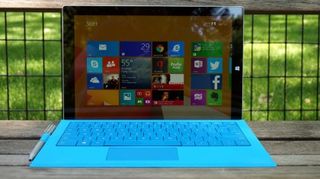
Ultimately this one boils down to your preference (or your company's). There are a few differences to be considered, however. Historically speaking, Apple's iOS has harbored a greater number of apps that are optimized for tablet viewing. Android had a bit of a rough start in this area, and some may argue it hasn't ever really caught up. However, Android tablets can offer up some interesting manufacturer additions and customization options if that's your thing.
Windows tablets, on the other hand, benefit from what Microsoft calls "universal apps." These are apps that are built to run on all Windows-based devices, and can easily scale and adapt to different device types and sizes. While this is great, and is set to get even better moving into Windows 10, the app ecosystem on Windows is still lacking, and you might find yourself missing out on several key apps that iOS and Android users both have access to.
If you're feeling a bit more adventurous, or perhaps just enjoy Android more, you'll get a bit more variety and some interesting extras. Samsung, for example, has added multi-window support to its tablets, making the Galaxy Tab S an excellent choice for multi-taskers. Additionally, if your company utilizes Google's Android for Work platform, you'll be able to use one device for both work and personal tasks while keeping everything separate for a secure work environment.
If you're dead-set on staying in the Apple ecosystem, both the iPad Air 2 and iPad mini 3 make excellent choices. Apple's partnership with IBM to create business-centric apps for iOS is also a boon if your company happens to take advantage of them. And if Samsung's multi-window support has you feeling a little green with envy, you'll be happy to know that option is set to arrive with iOS 9 later this fall. Lastly, iOS boasts a number of enterprise-level security features which, combined with TouchID, make for a compelling work tablet.
If you're on board with Windows and Microsoft's vision for Windows 10, the Surface Pro 3, Surface 3, and Dell Venue 11 Pro 7140 are all worthy options that can also act as laptop replacements. While your traditional mobile app options will be a bit limited, you'll be gaining the ability to run practically any desktop application built for Windows. This is a pretty powerful idea for anyone who relies on getting work done in the Windows environment.
Finally, Windows packs some impressive security features. Between basic encryption, Trusted Platform Module (TPM), and Microsoft's upcoming biometric efforts with "Windows Hello" in Windows 10, you have numerous options for keeping your data secure on a Windows tablet.













